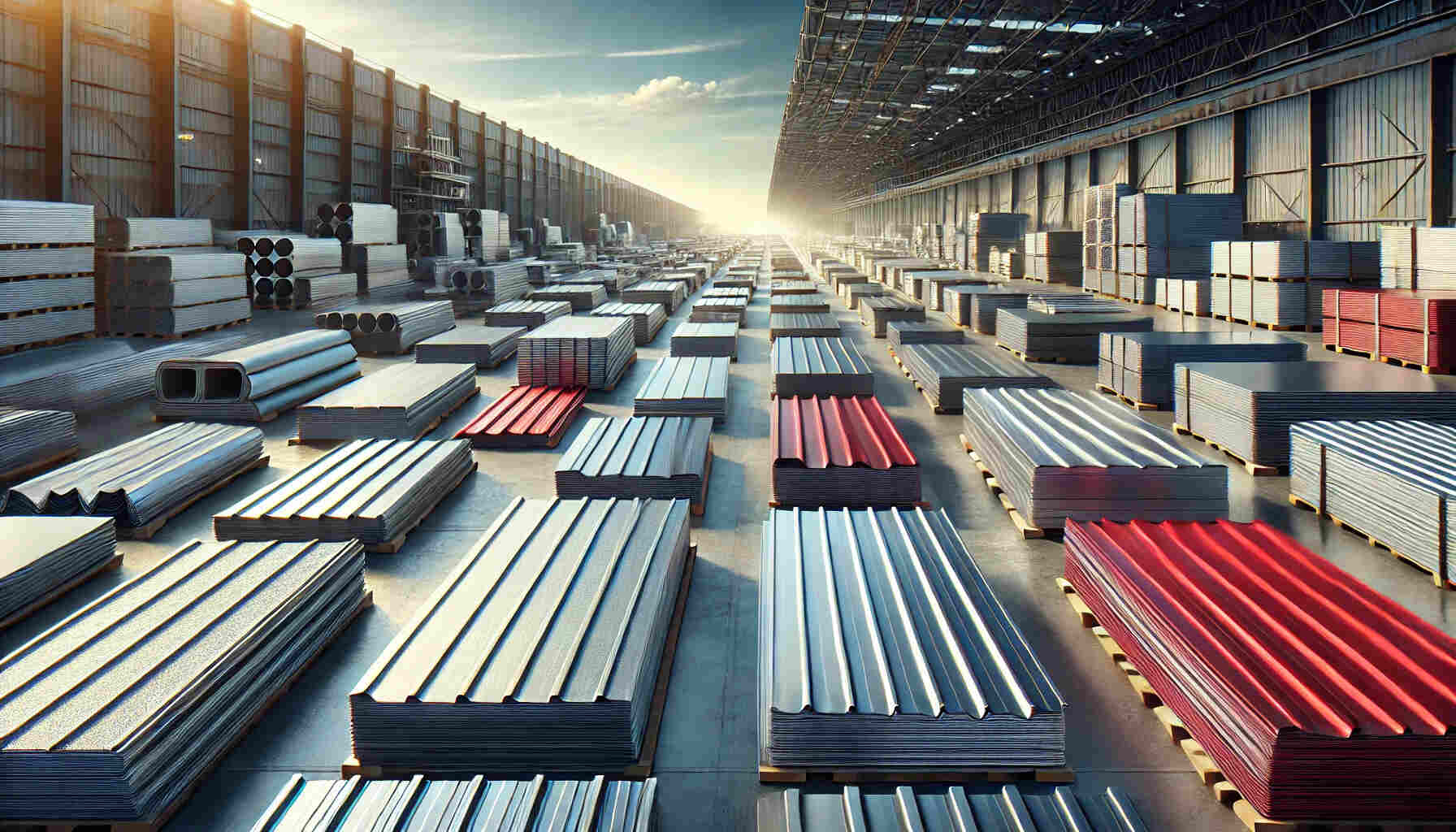The Ultimate Choice for Durable and Sustainable Roofing when it comes to roofing, homeowners and builders alike are looking for materials that offer durability, sustainability, and aesthetic appeal. Metal roofing sheets have emerged as a popular choice for those seeking a reliable and eco-friendly solution. In this article, we’ll delve into the world of metal roofing sheets, exploring their benefits, types, and installation considerations.
Benefits of Metal Roofing Sheet
Metal roofing sheet offer numerous benefits that make them an attractive option for many:
- Durability: Metal roofing sheet can withstand harsh weather conditions, including heavy rain, hail, and high winds, making them a long-lasting choice.
- Sustainability: Metal roofing sheet are made from recycled materials and can be recycled themselves, reducing waste and minimizing environmental impact.
- Energy Efficiency: Metal roofing sheet can help reduce energy consumption by reflecting sunlight and insulating the interior of the building.
- Low Maintenance: Metal roofing sheet are easy to clean and maintain, requiring minimal upkeep to ensure their longevity.
Types of Metal Roofing Sheet
Metal roofing sheet come in various forms, each with its unique characteristics:
- Corrugated Metal Roofing: Wavy or corrugated sheet provide a classic look and are often used in agricultural and commercial settings.
- Standing Seam Metal Roofing: Horizontal panels with raised seams create a sleek and modern appearance.
- Metal Shingle Roofing: Individual metal shingles mimic the look of traditional shingles, offering a versatile option.
- Stone-Coated Metal Roofing: Thin metal sheet coated with stone granules provide a rustic, textured appearance.
Installation Considerations
When installing metal roofing sheet, consider the following factors:
- Substrate: Ensure a solid substrate is in place to support the weight of the metal roofing sheet.
- Fastening: Use the recommended fastening system to secure the metal roofing sheet to the substrate.
- Sealing: Apply a sealant to ensure a watertight seal between the metal roofing sheet and the substrate.
- Insulation: Proper insulation is crucial to maintain energy efficiency and prevent condensation.
Conclusion
In conclusion, metals roofing sheets offer a durable, sustainable, and aesthetically pleasing solution for homeowners and builders alike. By understanding the benefits, types, and installation considerations of metals roofing sheets, you can make an informed decision when selecting the perfect material for your project. Whether you’re looking for a classic corrugated look or a modern standing seam design, metal roofing sheet are an excellent choice for those seeking a reliable and eco-friendly roofing solution.

